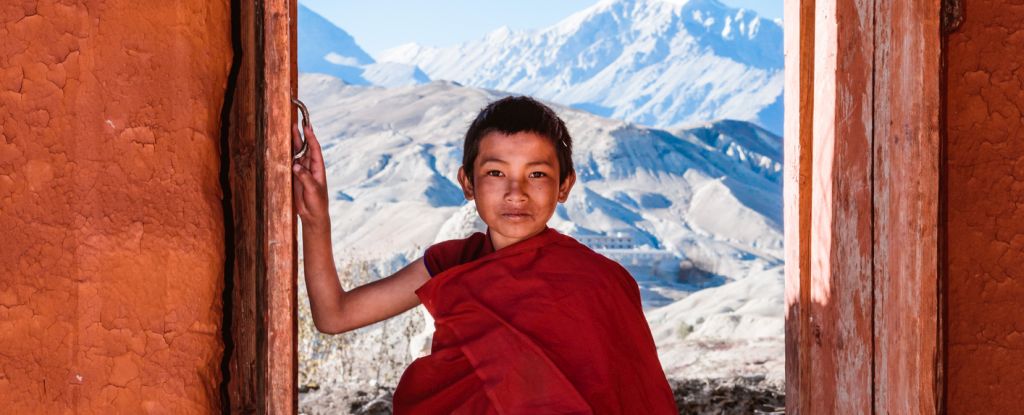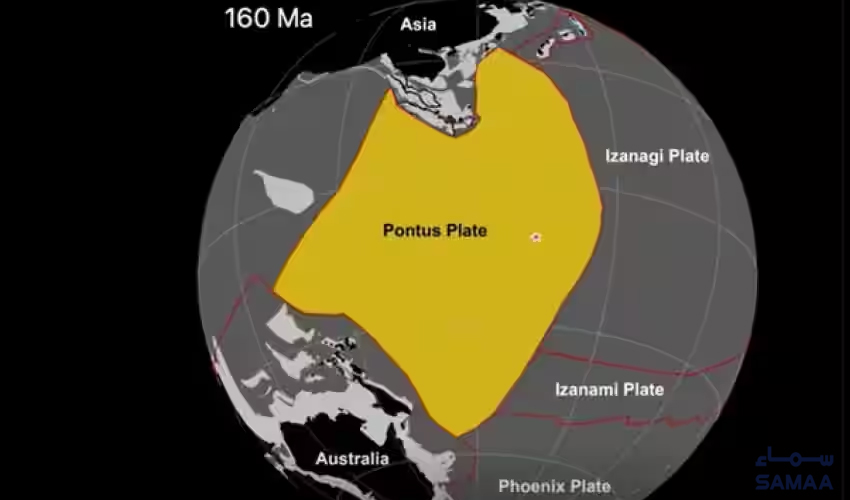



Recent research highlights the ongoing evolution of humans on the Tibetan Plateau, particularly in response to the challenges posed by high altitudes. Anthropologist Cynthia Beall has been studying how communities thrive despite low oxygen levels, focusing on a group of 417 women aged 46-86 living in Nepal at elevations above 3,500 meters. The study found that these women had an average of 5.2 live births, with those exhibiting the highest reproductive success maintaining average hemoglobin levels while achieving high oxygen saturation. This adaptation allows for efficient oxygen delivery without the need for increased blood thickness, showcasing a remarkable example of natural selection at work in extreme environments [b7942669].
This research aligns with previous findings about the Denisovans, an extinct human species that thrived in the Tibetan Plateau for over 100,000 years. The recent study on Denisovans, based on jaw and rib bones discovered in Baishya Karst Cave, challenges earlier theories regarding human settlement in the region and suggests that these ancient humans were well adapted to the high-altitude environment [6a7528e2].
The Tibetan Plateau has long been a focal point for studies on human adaptation to extreme conditions. The latest findings published in the Proceedings of the National Academy of Sciences emphasize the role of both biological and cultural factors in reproductive success among high-altitude populations. This ongoing evolution reflects the dynamic interplay between genetics and environmental pressures, further illuminating the complexities of human adaptation [b7942669].
In a broader context, the discovery of ancient tectonic plates and geological formations in Southeast Asia, such as the Pontus plate and Agroland, provides a backdrop for understanding how environmental changes have shaped human evolution over millennia. These geological insights complement the biological adaptations observed in modern populations on the Tibetan Plateau, illustrating the intricate relationship between our planet's history and human development [8268a8cd][1b027bda].
As scientists continue to explore the effects of altitude on human physiology, the implications of these findings extend beyond the Tibetan Plateau. They raise important questions about how contemporary populations might adapt to changing environments, particularly in the face of climate change and other global challenges [b7942669].